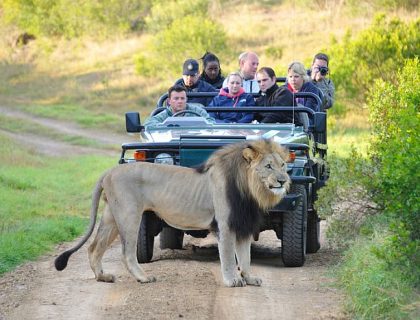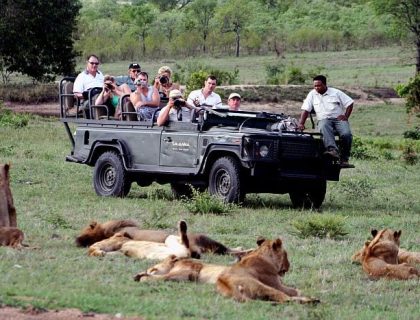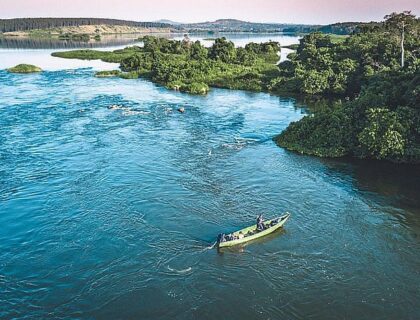Are the gorillas calling you? Deciding when to visit Rwanda or Uganda for gorilla trekking is one of the biggest questions clients ask us. Many articles insist the only time worth coming is June–August, the short dry season. But here’s the thing: Rwanda and Uganda are mountainous rainforest countries. It can rain at any time. Waiting for a “guaranteed” dry spell? You’ll be waiting forever.
The truth: you can happily trek gorillas most of the year, except for the main rainy season (mid-March to mid-May). And possibly the shorter rainy season of mid-October to mid-November. Outside of that, conditions are good, sightings are excellent, and each season has its perks.
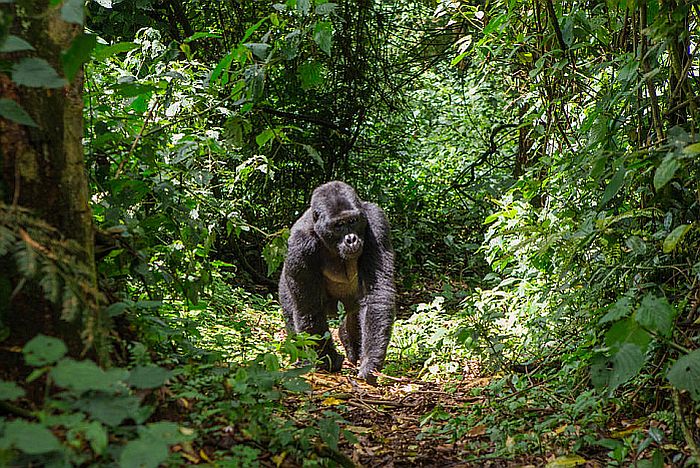
Discover the best months to trek in Rwanda & Uganda — and why both dry & summer seasons have their perks
Rwanda Climate – Temperatures and Rainfall
Temperature-wise, Rwanda experiences little change in highs and lows from month to month. No real winter/summer distinction as it is so close to the equator. For much of the year, the daytime temperatures are a very pleasant mid to high 20s centigrade (25-28C). (This equates to the mid-70s to early 80s in Fahrenheit)
However, there is a distinct dry season, from June to early September. And two distinct rainy seasons. The long rains peak in April and stretch over mid-March to mid-May. Then there is a shorter surge in late October and November.
The rest of the summer is rainy but not as dramatic. (And remember this is summer rainfall, so it is not as cold.)
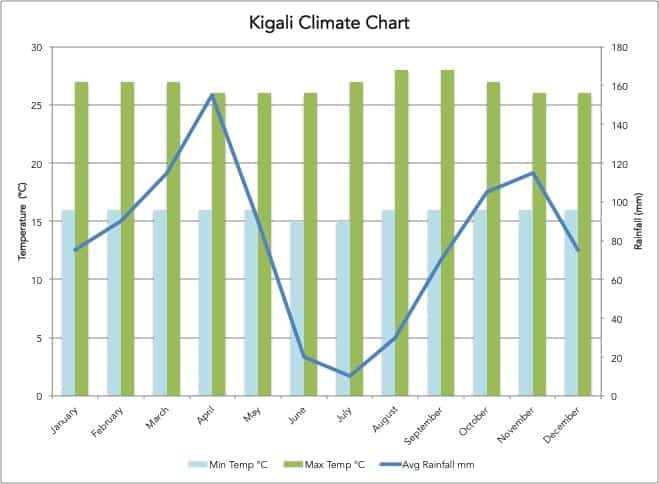
Here is the same chart for the Volcanoes National Park. It is the same rainfall trend but much lower temperatures, due to the altitude.
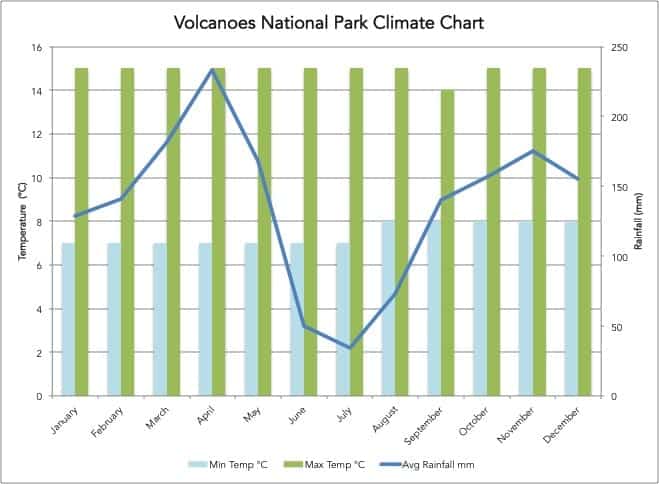
Best Time for Gorilla Trekking: Dry Time is Prime Time
June to Early September
Yes, this is prime gorilla trekking time, and good for the rest of Rwanda and Uganda. Trails are drier, weather is clearer, and overall game-viewing across the region is excellent.
But be prepared for longer hikes though, as gorilla families climb higher in the bamboo forests in search of new sources of food.
Temperatures creep up towards the end of the dry season. This is not so noticeable in the highlands of the Volcanoes Park, Nyungwe Forest or Bwindi Impenetrable Forest. But it will get very warm in the savanna plains of Akagera or Queen Elizabeth Park.
Summer Season – Late November to mid March
Often overlooked, but this is also an enjoyable time to visit the gorillas in Rwanda or Uganda. Expect some showers, but rarely enough to ruin a trek.
We visited at the end of November and though we had some rain, it was never persistent and didn’t really interfere with any of our activities.
The bonus? Gorillas often stay lower down on the mountain, snacking on new bamboo shoots. That can mean shorter hikes (sometimes just an hour or so).
Birding is also at its best, landscapes are lush, and it’s easier to secure permits. Yes, there’s mud, but that’s why porters are invaluable – more for steadying your step than carrying your bag!
Other advantages are:
- Akagera is looking green and lush, and the open terrain means that it is still easy to spot the wildlife
- Great birding, especially in Nyungwe National Park but also in Volcanoes
- The drier areas can almost get too dry and dusty in June to September
- The occasional rains cool down the temperatures so it’s lovely to be on safari
- Easier to get hold of gorilla trekking permits. So can book closer to the time
- Prices are a little lower (though not a massive difference.)
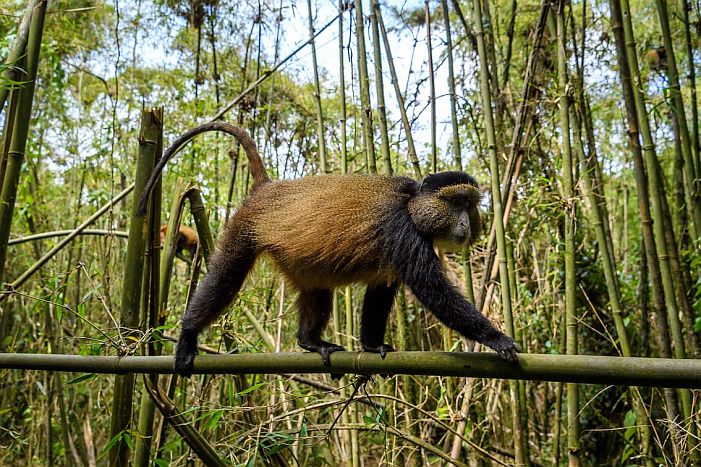
TIP on Gorilla Trekking in the early summer
If you are looking for a short hike for gorilla trekking in Rwanda, then this is a suitable time to visit Rwanda or Uganda. The summer is when the bamboo shoots on the lower slopes of the mountain are at their best. So the gorilla families tend to stay in these bamboo forests, lower down.
So often your hike to encounter them may only be 1 to 1½ hours long. (No promises!) Whereas in the dry season, they must go higher and higher up the mountain in search of food. So, YOU must hike higher as well.
But – remember – though the hike is shorter, the terrain is harder underfoot as there is quite a bit of mud. You will need a porter at this time of year. Not so much to carry your backpack, but to assist you over the muddy terrain.
Start chatting to us
Keen to start planning?
Let’s make your Rwanda journey truly unforgettable—simply reach out and we’ll start crafting your perfect trip together.
Contact Us NowTime of the “Long Rains” – mid March to mid May
This time is best avoided.
Heavy rain makes trekking slippery and gorillas less active. April also marks the anniversary of Rwanda’s genocide, when the country naturally takes on a more reflective mood.
- Firstly, heavy rain does hamper your trekking experience. The mountain gorillas tend to hunker down a little under heavy rain. (As we all do). So, they are less active. And the young ones are more protected by their mothers rather than swinging and playing in the trees.
- Secondly April is the anniversary of the Rwandan genocide of 1994. And the country is somewhat subdued during this month.
- Finally, it is noticeably colder at night during April and May. (That’s why you will see fireplaces in nearly every lodge in the Volcanoes National Park!)
The “Short Rains” – October to mid September
Also, not the perfect time to see the gorillas in Rwanda or Uganda. But not quite such a hard ‘no’ from us, especially if you are prepared for the conditions. And can benefit from lower prices.
Baby gorillas love playing in the rain, but adults usually hunker down — so sightings are often less dynamic in heavy downpours.
Frequently Asked Questions:
How do seasonal changes affect the price?
There is some variation in safari prices, especially between the two peak seasons (December to February and June to September) and the rainy seasons. This difference is marginal if you are staying in more modest lodges. But more marked if you are choosing the deluxe lodges. You can see the seasonal variation in our sample tours below. But also check out our article on what a gorilla safari costs.
Note that the permit cost decreases by 30% (to $1050 per person) if you are travelling from November to May and visiting another park such as Nungwe Forest or Akagera.
Related articles:
What is the typical cost of a safari in Rwanda or Uganda?
Gorilla Trekking – Rwanda versus Uganda?
Dreaming of meeting Rwanda or Uganda’s mountain gorillas?
Wondering which season is right for you? The truth is, there’s no single ‘best time’ depends on whether you prefer lush, green forests, shorter treks to the gorillas, or the drier months with clearer skies. That’s where our expertise comes in. We’ll match your travel dates and style with the perfect itinerary. So that you don’t just visit Rwanda or Uganda at the right time — you visit at the right time for you.
Let us plan the perfect trip — whatever the season.
From dry season hikes to lush summer treks, we’ll craft your tailor-made gorilla safari.
Contact Us Now‘When is the best time to see gorillas in Rwanda or Uganda’ was written by Kate of Cedarberg Africa
Who are Cedarberg Africa? We’re a specialist safari company with over 30 years of first-hand experience across East and Southern Africa. Our team has trekked to the gorillas in both Rwanda and Uganda — in sunshine, drizzle, and mud! That’s why we’re confident in advising you not just on the ‘best time to visit,’ but on the best time for you. Because safari planning is not one-size-fits-all.


